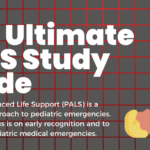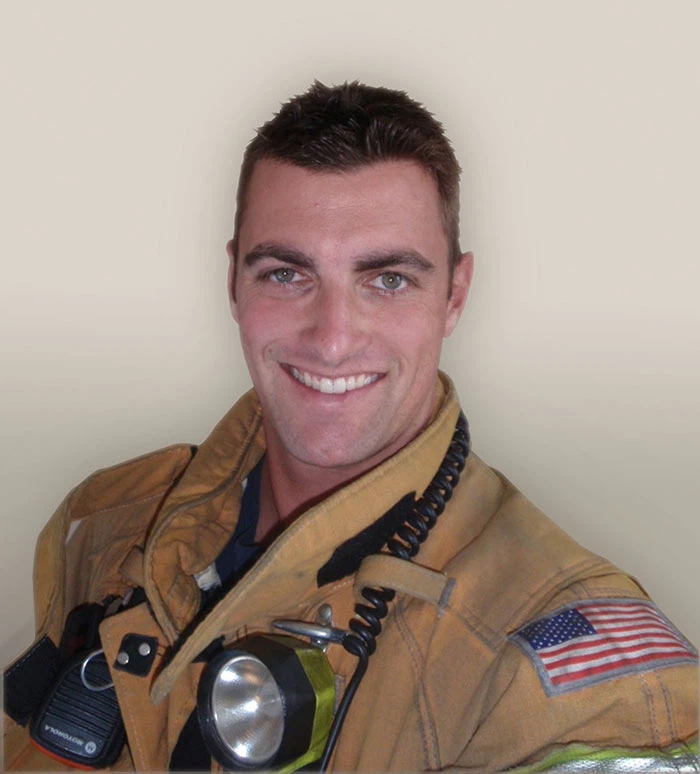How to Put on Personal Protective Equipment (PPE)
With the global spread of COVID-19, a communicable viral disease commonly called “coronavirus,” there has never been a better time to wear personal protective equipment (PPE). COVID-19 spreads through close contact with an infected person who is sneezing or coughing. One can also contract COVID-19 simply by touching a surface recently touched by an infected individual and then touching one’s own mouth, eyes, or nose. Transmitting and contracting COVID-19 can be greatly reduced by wearing personal protective equipment, which creates a barrier between the hands, the mouth, and other high-risk areas. Learn more about the different types of PPE, when to use them, how to put them on, and how to remove them in this quick guide.
When to Use Personal Protective Equipment (PPE)
Wondering when to use personal protective equipment? The answer depends on where you are and who you’re with. Even with coronavirus in most countries and cities around the world, it’s not necessary to wear personal protective equipment at all times. If you are quarantining or practicing shelter in place, there is no need to wear protective equipment in your own home — provided you don’t live with anyone who has COVID-19. In most cases, it is only necessary to wear PPE when you are living or working in an enclosed space with COVID-19 patients. One notable additional case: if you are traveling and you have an existing respiratory condition, it is highly recommended that you wear a mask or respirator to prevent infection.
Before Starting: Always Wash Your Hands
Before putting on any personal protective equipment, it’s important to always wash your hands. This will help ensure that you do not transfer and unwanted pathogens to your protective gear. To wash your hands properly, per the CDC guidelines, start by wetting both hands under warm water. Next, turn off the tap and apply soap. Lather all surfaces of your hands, including finger tips, creases between fingers, and the backs of your palms. Scrub for at least 20 seconds before turning the tap back on. (Need help with the timing? Hum “Happy Birthday” twice in a row.) Finally, rinse your hands thoroughly until they are free of soap, and dry them off with a clean towel or hands-free air dryer system and use custom medicine boxes for supplies.
Gowns
A gown is a great way to protect the bulk of your body and clothing from direct contact with another individual. To put on a gown, start by making sure the entire gown is unwrapped and covers the length of your body. From there, insert your arms into the sleeves and make sure the gown comes up all the way to your neck and extends to your wrists. Next, wrap the gown around your back and fasten it around your neck and the small of your back for secure, 360-degree coverage.
To remove a gown, reverse the process above by first untying the fastening strings around your neck and back. Next, pull the gown over your wrists and off of your body. It’s best to keep your gloves on during the removal process to protect your hands from contamination. If you are not wearing gloves, wash your hands immediately after removing your gown.
Masks and Respirators
Masks and respirators are used to cover the mouth and nose: high-risk areas for both contracting and transmitting sickness. To properly put on a mask, start by making sure it’s facing the right way. (The labeling on the mask or packaging should tip you off.) Next, secure the mask’s two ties or elastic bands around the middle or your head and the middle of your neck respectively. Then, fix the mask’s flexible band to the bridge of your nose and bring the bottom half around your chin. The entire fit should be snug. If your mask has a ventilator, be sure to adjust it to the right amount of ventilation.
When removing your mask or respirator, it’s important to refrain from directly touching your mouth, nose, eyes, or the front of your mask or respirator. Always consider the front of your mask contaminated and never touch it with your hands. When you have removed your mask or respirator, wash you hands thoroughly with soap and water.
Goggles and Face Shields
Designed to shield the eyes and the skin of the face, goggles and face shields are both extra protective layers designed to be worn in densely-populated areas with several contagious individuals. To apply goggles or a face shield, place them over your head and adjust the fit so it’s snug but not uncomfortable. To remove them, reverse the process and take care not to touch the skin of your face.
Gloves
Disposable gloves are worn to protect the skin of the hands from pathogens and other harmful substances. To properly apply your gloves, start by wrapping them and checking for holes or tears. Next, pull both gloves snugly over your fingers and hands, making sure that they extend to fully cover the wrist of your gown. To remove your gloves, pull from the wrists and take each glove off inside-out in one motion. Wash your hands immediately after removing your gloves.
Putting on PPE and Removing It: The Correct Order
In the sections above, we’ve listed each piece of personal protective equipment in the order in which it should be put on. When removing personal protective equipment, it’s best to start with the gloves and gown. If you remove your gloves first, be sure that your hands only touch uncontaminated surfaces of your gown — namely, the strings on the back. The preferred method is to untie your gown with your gloves still on, roll up the contaminated sides of your gown, and then pull your gloves off inside-out. Dispose of your gloves and gown before moving on to your goggles and/or face shield. Remove your mask last, and if it is disposable, discard it in a waste container. Always remember to wash your hands immediately after removing all of your personal protective equipment.
How to Put On Your Personal Protective Equipment (PPE):
Share this Image On Your Site
How to Remove Your Personal Protective Equipment (PPE):

Share this Image On Your Site
Learn More and Enroll in Life-Saving Sources Here at SureFire CPR
Have more questions on how to put on personal protective equipment? Need extra guidance on how to remove personal protective equipment? Our team at SureFire CPR is here to help. Visit our Blog for a host of helpful life-saving resources, CPR classes, and COVID-19 page for updates. Want to learn the essential skills discussed above — and many more — in a professional environment? Enroll in one of our many award-winning certification courses today! Contact us to get started (888) 277-3143











